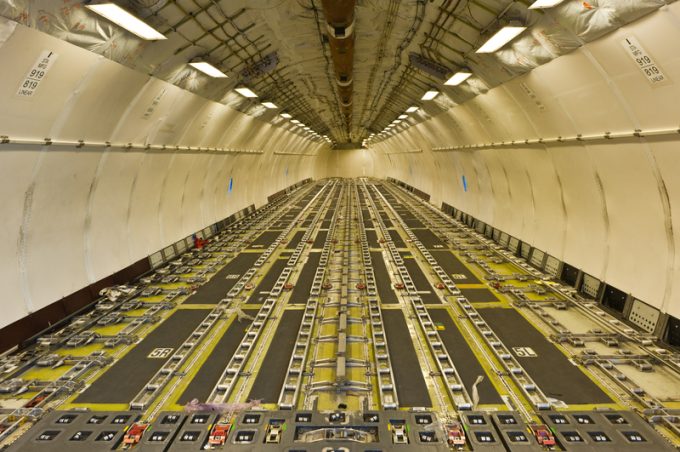US Customs chaos means 'more downside risk than upside potential' for air cargo
Air cargo growth rate forecasts have been slashed, owing to the weaker economic outlook and ...

In a bid to help shippers and forwarders understand air freight rates better, Tiaca is urging the air cargo industry to adopt dynamic load factors.
The move follows a poll of its members revealed that only 2% thought the industry should stick with traditional weight-based load factors.
However, IATA appears resistant to the change, which would help buyers of air freight, as well as governments and regulatory authorities, better understand aircraft utilisation.
Dynamic load factors, published by Clive Data Services, measure how full ...
Keep our news independent, by supporting The Loadstar
Volume surge and an early peak season? 'Don't celebrate too soon,' warning
Ecommerce likely the front-runner in resurge of transpacific trade after deal
China-US trade tariff pause could drive a rebound for transpacific rates
Shippers should check out the 'small print' in China-US tariff cuts
Service chaos from trade ban with India a problem for Pakistan shippers
Carriers impose 'emergency operation' surcharges on Pakistan cargo
15% rebate for box ships as Suez Canal Authority woos carriers


Comment on this article
Stan Wraight
October 26, 2020 at 5:33 pmTell me how on a 15 hour flight, when weight for cargo is at a minimum due fuel etc., and you still have the same cubic meters available this generic statement of both volume and weight calculations can work.
each airline, by route, through a proper revenue management system can calculate their own “Load factor” objectives, generic averages mean nothing.